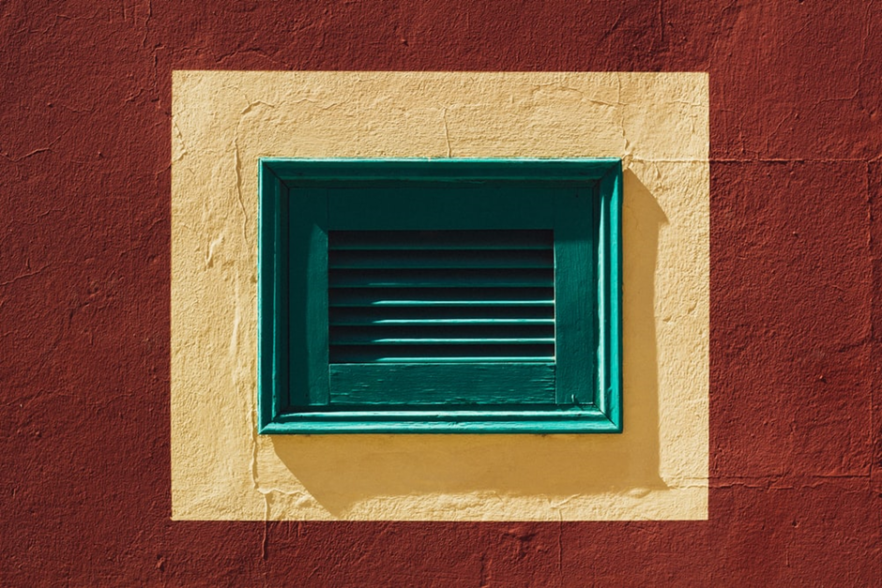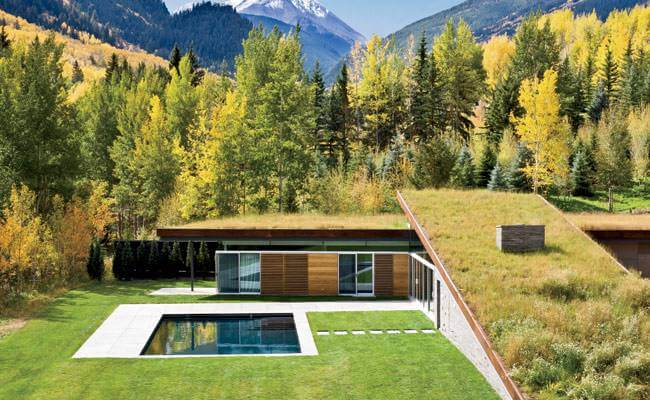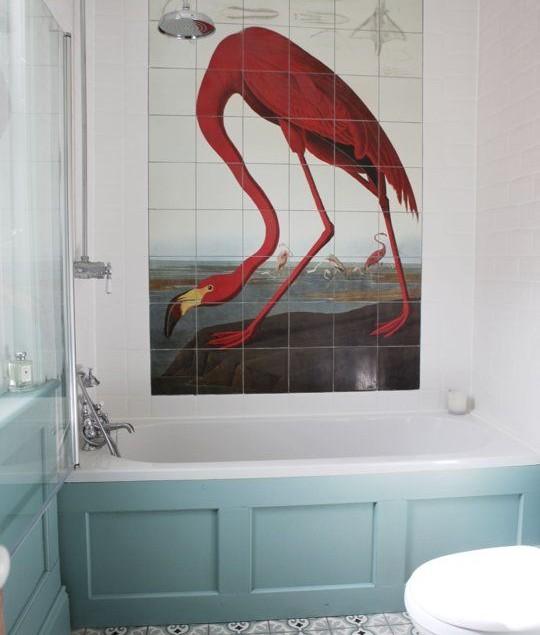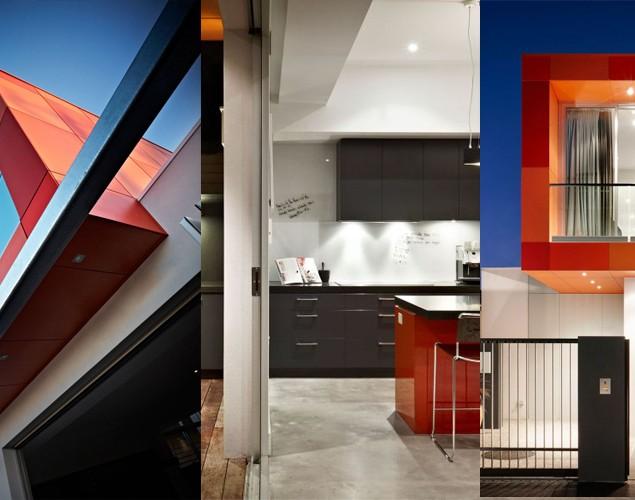Maintaining comfortable indoor temperatures in your home during summer becomes a challenge if you don’t have an optimally functioning air conditioner. Unfortunately, most homeowners forget about the importance of air conditioners until the summer heat makes their indoors uncomfortable. Others even ignore the required regular air conditioner service until the unit breaks down and needs repair.
However, regardless of the importance and functionality of AC units in your home, making them part of your interior decor can prove challenging. Large air conditioners sticking out of the walls and floors can ruin your interior décor. Integrating these units with furniture and other in-house decorations is also difficult. Below are some creative ways to make your heating and cooling systems part of your interior décor.
What You Should Remember When Hiding Your AC Unit
Before planning to cover up your AC unit, consider the following key points;
- Create room for airflow – The external vents are responsible for getting rid of generated heat from the unit. Placing air conditioner covers close to the unit can cause overheating and other problems. Similarly, the indoor unit needs enough space to throw in cold or warm air. Obstructions of the unit will hinder perfect airflow. The unit will also face difficulties achieving the ideal room temperatures.
- The unit should be accessible – During installation, professionals from heating and cooling companies often ensure that they install indoor and outdoor units where they can easily be accessed. When hiding or covering your system, ensure that it can easily be accessed for routine maintenance and tune-ups. The cover should easily be removable.
- Adhere to the recommended distance – You should check the manufacturer’s recommended enclosure distance before concealing the AC. Surprisingly, not observing the distance guidelines can void your manufacturer’s warranty. You should also observe the safety measures outlined in the manual.
How to Hide Your Indoor Air Conditioner Unit
1. Use Vintage-inspired Cover
Air conditioners expertly cool down your indoor environment. However, they have a chilling impact on your pre-evaluated interior design. Like most homeowners, you wouldn’t want to spend most of your indoor hours during winter staring at your air conditioner. For this, a little tucking behind attractive covers can create the magic.
You can show off your creative skills by designing a vintage AC cover to hide the unit. Skillfully design and decorate a wooden box covering the unit while blending with your interior décor. Like other DIY projects, begin by measuring the AC unit and cutting the wooden pieces.
You should then nail the wooden pieces to create a box. You can close the top, front, and sides, leaving the invisible bottom side. You should then spray paint and decorate the unit to suit your interior décor. Dressing the box with decorative papers is also an option. Once everything is in place, complete the setup by placing miniature decorative items or flower vases on the top.
2. Conceal It With a Curtain
Another simple way of integrating your air conditioning unit into your home décor is concealing it behind curtains. For this, use a thin curtain fabric as it covers the unit while allowing circulation of cold air when the system is on. You should choose a curtain fabric color and texture that integrates beautifully with your interior home décor.
If your overall décor is simplistic in the room without eye-catching pieces, you can make the AC unit the focal point. Choose a curtain fabric that will make the AC unit a colorful and eye-catching piece in the room. Similarly, if your décor already has a lot of color, styles, prints, and accent elements, choose a simple fabric.
3. Convert the AC into a Piece of Art
Converting the air conditioner into a piece of art also expertly camouflages the unit. All air conditioners have a plastic front section, which provides an opportunity for endless creative ideas. For instance, you can decorate the plastic with patterned fabric or colorful paper.
Whatever you choose, ensure that you match the colors and patterns with your general interior design theme. This option makes the air conditioner part of your interior décor instead of an unsightly eyesore. As usual, ensure that you don’t block the air vents to avoid obstructing the airflow.
How to Hide Your Outdoor Air Conditioner Unit
Below are a few tips for concealing the external unit:
1. Use Well-ventilated Enclosure
Like the indoor unit, using a wooden enclosure is a simple and effective way of hiding your external air conditioner unit. You can buy ready-made or DIY the enclosure box. If you prefer constructing the unit, you should have wooden planks, a hammer, nails, and the skill. Once ready, fix the box to the wall using L-brackets. Remember to leave enough space between the wooden plants to provide maximum ventilation to the unit.
2. Conceal with Garden Shrubs
Apart from creating hedges, garden shrubs can also be used to camouflage the outdoor unit. If you use a central air conditioner with a separate outdoor unit, you can plant some shrubs around the unit. However, window ACs require considerably taller shrubs, such as the blue point juniper and scarlet peak holly.
Remember not to plant the shrubs close to the units, as they can affect their functionality. The heat produced by the system can also burn the leaves of close shrubs, so regular trimming is important.
3. Build a Mini-house
You can also adorn your backyard while covering your outdoor unit by building a mini-house. You can explore endless mini-house designs, but one with a slanting roof is an excellent option as it also expertly protects the unit during winter. It prevents snow and moisture build-up around the system. However, remember that the house should be easily removable during maintenance.
Endnote
Air conditioners are crucial home installations that most homeowners can’t live without. However, this doesn’t mean you should allow the unit to ruin your home décor. Hiding your indoor and outdoor air conditioner units is an opportunity to express your creative skills while improving your interior décor. While you can explore several options, ensure that your preferred solution fits your unique home style and covers these bulky units.










